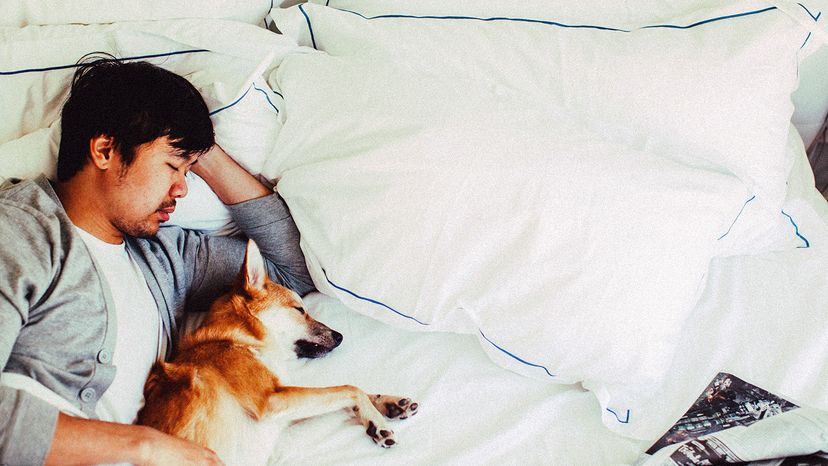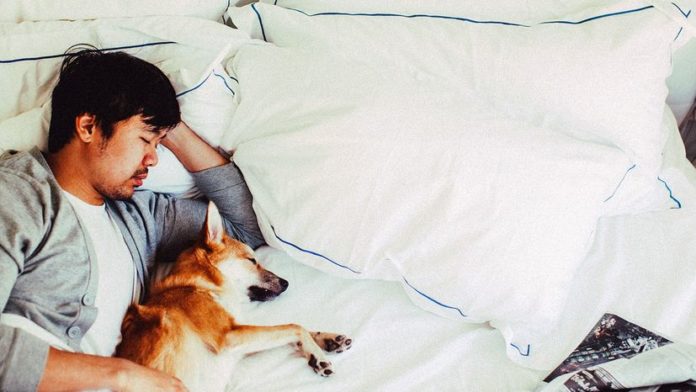 “Several factors determine whether your brain remembers certain things while you sleep. jin chu ferrer/Getty Images
“Several factors determine whether your brain remembers certain things while you sleep. jin chu ferrer/Getty Images
Perhaps sensing that we needed one more excuse to sleep in, scientists at Germany’s Ruhr-Universität Bochum and the University of Bonn decided to investigate how catching ZZZs affects our memory. By recording brain activity, they found that certain memories could be reactivated when we sleep despite not being remembered later on.
The study, published in the October 2018 journal of Nature Communications, details what occurred during an experiment involving epilepsy patients. Due to surgical planning, these subjects had electrodes implanted into their brains, thus making the recording of brain activity a pretty straightforward endeavor. The researchers gave the participants a series of pictures to memorize, and then allowed them all to nap. By measuring the differences in their high-frequency brain activity changes (known as gamma band activity), the scientists could analyze what was going on in the patients’ brains during the learning task and while they slept.
Post-nap, the participants were tested on which images from the learning task they could remember and which they couldn’t. It turned out that certain gamma band activity patterns occurred when first examining the pictures, and then again during sleep. The participants’ brains were reactivating patterns during their naps, even for images they later forgot. So, according to a statement from researcher Dr. Hui Zhang, "The forgotten images do not simply disappear from the brain."
Just because gamma band activity was reactivated for certain images during sleep didn’t mean the participants necessarily remembered those images when they woke up. The key factor for retaining the picture in wakefulness was activity in the hippocampus, the brain region that’s critical for memory. Activity in this area of the brain is measured in quick changes called "ripples." When participants displayed gamma band activity and ripples in the hippocampus at the same time during certain sleep cycles, that double whammy enabled them to potentially recall the image when they were awake.
But aside from the requisite dual gamma band/hippocampus activity, there was another important factor that ensured the participants would remember an image during wakefulness: How the details of the image were processed. Researchers distinguished between two stages of gamma band activity: Superficial processing occurred in the first half second after a participant was presented with an image, and the deep processing stage was anything after that.
So in order for a participant to remember the image after sleep, the gamma band activity from the deep processing phase had to have been reactivated simultaneously with the ripples in the hippocampus. If all that synchronicity occurred, but the reactivated activity was from the superficial phase, participants forgot the image.
Now That’s Interesting
According to the National Sleep Foundation, humans are the only mammals that willingly delay sleep. So maybe take a cue from our animal friends and hit the hay when your body tells you to.










































